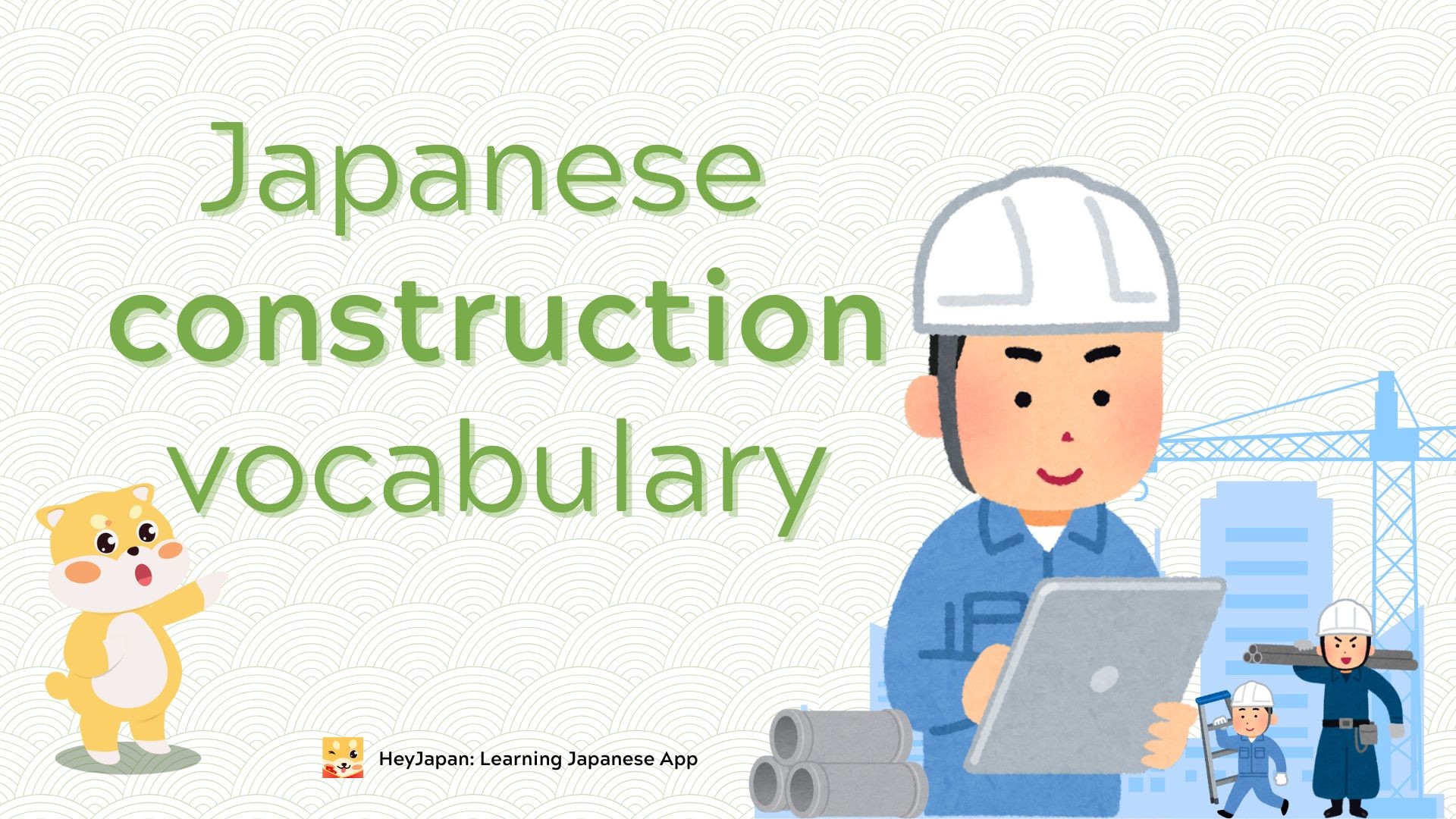- Code 1: Introduction to Basic Japanese Grammar
- Japanese Sentence Structure
- Japanese Verb Conjugation
- Noun and Adjective Forms in Japanese
- Particles and their Functions in Japanese
- Code 2: Explore more Japanese Grammar
- Building Sentences with Basic Japanese Grammar
- Polite and Casual Forms of Speech
- Essential Japanese Grammar Patterns
- Code 3: Simple example in Japanese Grammar
- Expressing Time and Tense in Japanese
- Asking Questions in Japanese
- Using Counters in Japanese
- 4. Tips for Practicing Japanese Grammar
- 5. Common Mistakes to Avoid in Japanese Grammar
- Conclusion
- FAQs
Learning a new language can be an exciting and rewarding journey. If you've set your sights on mastering Japanese, understanding its grammar is crucial. Japanese grammar may seem intimidating at first, but with the right approach and guidance, you can crack the code and make it simple. In this article, we will dive into the basics of Japanese grammar, unraveling its sentence structure, verb conjugation, noun and adjective forms, particles, and more. So, let's embark on this linguistic adventure together!
Code 1: Introduction to Basic Japanese Grammar
When starting with Japanese grammar, it's essential to grasp the fundamentals. Japanese is a subject-object-verb language, which means the sentence structure is different from English. Unlike English, where we often use subject-verb-object (e.g., "I eat sushi"), Japanese sentences typically follow the pattern of subject-object-verb (e.g., "I sushi eat"). Understanding this difference is key to constructing grammatically correct Japanese sentences.
Japanese Sentence Structure
In Japanese, sentences consist of various elements, such as subjects, objects, verbs, and particles. The subject is the topic or doer of the action, the object is the recipient of the action, and the verb expresses the action or state. Additionally, particles are small words that indicate grammatical relationships between words in a sentence. By understanding the roles of these elements, you can form meaningful and coherent Japanese sentences.
Japanese Verb Conjugation
Verbs play a vital role in Japanese grammar, and understanding how they conjugate is crucial. Japanese verbs change their forms to express tense, politeness levels, and other grammatical nuances. There are two main verb groups in Japanese: Group 1 (u-verbs) and Group 2 (ru-verbs). Each group has its conjugation patterns, and mastering these patterns is essential for using verbs accurately in Japanese.

Noun and Adjective Forms in Japanese
Nouns and adjectives in Japanese also have specific forms that change depending on their usage. Nouns can be modified by particles and verb endings, while adjectives change to match the noun they describe in terms of tense, politeness, and other grammatical factors. Understanding these forms will allow you to express yourself accurately and precisely in Japanese.
Particles and their Functions in Japanese
Particles are small words in Japanese that serve various grammatical functions. They provide context and indicate relationships between words in a sentence. Some common particles include "wa" (indicating the topic), "ga" (marking the subject), "o" (marking the direct object), and "ni" (indicating direction or time). Learning how to use particles correctly is essential for constructing grammatically sound Japanese sentences.
Code 2: Explore more Japanese Grammar
Building Sentences with Basic Japanese Grammar
Now that we have a basic understanding of Japanese sentence structure, verb conjugation, noun and adjective forms, and particles, let's put it all together and start building sentences. By combining these elements effectively, you can convey your thoughts and communicate with others in Japanese.
Building sentences with basic Japanese grammar involves combining various elements such as subjects, objects, verbs, and particles. Here is a step-by-step guide to constructing sentences in Japanese:
- Determine the subject: Identify the topic or doer of the action in your sentence. The subject can be a noun or a pronoun.
- Choose a verb: Select an appropriate verb that conveys the action or state you want to express. Consider verb conjugation based on tense, politeness, and other factors.
- Add particles: Use particles to indicate the relationship between words in the sentence. Common particles include "wa" (indicating the topic), "ga" (marking the subject), "o" (marking the direct object), and "ni" (indicating direction or time).
- Include objects and modifiers: If your sentence requires an object, add it after the verb. Modify nouns with appropriate particles or adjective forms if necessary.
- Arrange the sentence in the correct order: Remember that Japanese follows a subject-object-verb sentence structure. Place the subject first, followed by the object and the verb at the end.
- Consider politeness levels: Decide whether you want to use polite or casual speech. Use the appropriate verb forms and particles accordingly.
- Practice sentence patterns: Familiarize yourself with common sentence patterns in Japanese, such as "subject wa object o verb" or "subject ga verb."
- Expand your vocabulary: Enhance your language skills by learning new words and phrases that can be incorporated into your sentences.
- Pay attention to sentence-ending particles: Depending on the sentence's purpose or tone, choose the appropriate sentence-ending particle, such as "desu," "masu," "ka," or "yo."
- Practice and seek feedback: Practice constructing sentences regularly. Engage in conversations with native speakers or language exchange partners to receive feedback on your sentence construction.
Polite and Casual Forms of Speech
Japanese offers different levels of politeness in speech, which is an integral part of its culture. Polite speech is used when speaking to someone of higher status or in formal situations, while casual speech is used among friends and peers. Learning the appropriate speech levels will help you navigate various social contexts in Japan and communicate respectfully.
Essential Japanese Grammar Patterns
To navigate the vast landscape of Japanese grammar, it's helpful to familiarize yourself with essential patterns. These patterns are recurring structures that form the foundation of Japanese sentences. Examples include "masu form" for polite verbs, "te-form" for verb conjunctions, and "na-adjectives" for modifying nouns. By mastering these patterns, you'll gain fluency in constructing sentences.
Try learning Japanese here

Code 3: Simple example in Japanese Grammar
Expressing Time and Tense in Japanese
Time and tense play a significant role in any language, and Japanese is no exception. Japanese has specific words and expressions to indicate time, including specific words for hours, days, months, and years. Additionally, there are various verb forms and particles used to express past, present, and future actions. Understanding these time-related elements is essential for effective communication in Japanese.
Here are some examples of how time and tense can be conveyed in Japanese:
Present Tense:
- Watashi wa gakkou ni ikimasu. (I go to school.)
- Kanojo wa eiga o mimasu. (She watches a movie.)
Past Tense:
- Kinou watashi wa tomodachi to asobimashita. (Yesterday, I played with my friend.)
- Tomodachi wa Amerika ni itta. (My friend went to America.)
Future Tense:
- Ashita watashi wa sushi o tabemasu. (Tomorrow, I will eat sushi.)
- Ano eiga wa raishuu hirou ni kaerimasu. (That movie will be released next week.)
Expressing Duration:
- Nihon ni san-nen sunde imasu. (I have been living in Japan for three years.)
- Eiga o go-jikan miru. (I watch movies for five hours.)
Specific Time Expressions:
- Kyō wa nan-ji ni aimashō ka? (What time shall we meet today?)
- Ashita no asa, chotto hayaku okoshite kudasai. (Please wake me up a little early tomorrow morning.)
Using Particles for Time:
- Kesa watashi wa asa-gohan o tabemashita. (This morning, I ate breakfast.)
- Getsuyōbi ni tomodachi to deeto shimashita. (I had a date with a friend on Monday.)
Expressing Frequency:
- Mainichi jogingu o shimasu. (I jog every day.)
- Yoyaku wa tsuki-ikka de shite kudasai. (Please make a reservation for the first of the month.)
Asking Questions in Japanese
Asking questions is an essential part of language learning and daily communication. In Japanese, there are different question words and grammatical structures used to form questions. Whether you're asking for directions, seeking information, or engaging in conversations, mastering the art of asking questions will greatly enhance your language skills.
Here are some examples:
Asking for Directions:
- Sumimasen, kono machi no chikaku no eki wa doko desu ka? (Excuse me, where is the nearest train station in this town?)
- Ano resutoran wa douyatte ikimasu ka? (How do I get to that restaurant?)
Seeking Information:
- Kore wa nan desu ka? (What is this?)
- Anata no namae wa nan desu ka? (What is your name?)
- Koko ni wa eigo o hanaseru hito ga imasu ka? (Is there anyone here who speaks English?)
Engaging in Conversations:
- O-genki desu ka? (How are you?)
- Nihon no tabemono wa suki desu ka? (Do you like Japanese food?)
- Ashita nanji ni au no desu ka? (What time shall we meet tomorrow?)
Requesting Help:
- Onegaishimasu, tasukete kudasai. (Please help me.)
- Sumimasen, chotto tasukete itadakemasu ka? (Excuse me, could you help me for a moment?)
Expressing Opinions:
- Kono eiga wa sugoi omoshiroi desu ne. (This movie is very interesting, isn't it?)
- Watashi wa sushi ga suki desu. (I like sushi.)
Making Small Talk:
- Kyou wa ii tenki desu ne. (The weather is nice today, isn't it?)
- Nihon ni itte, nani o shitaidesu ka? (What do you want to do when you go to Japan?)
Using Counters in Japanese
Counting objects and expressing quantities in Japanese involves the use of counters. Counters are specific words attached to numbers to indicate the type of item being counted. For example, different counters are used for counting people, animals, flat objects, long objects, and so on. Learning the appropriate counters will enable you to express numbers accurately in Japanese.
Here are some examples of counting objects and expressing quantities in Japanese:
Counting Objects:
- Hitotsu no hon. (One book.)
- Futatsu no pen. (Two pens.)
- Mittsu no kaban. (Three bags.)
Expressing Quantities:
- Sukoshi no sakana o kudasai. (Please give me a little bit of fish.)
- Chotto no kōhī ga hoshii. (I would like a small amount of coffee.)
- Ōkii sukīn ga arimasu. (I have a lot of favorite things.)
Using Counters:
- Hitori no otoko no hito. (One man.)
- Futari no onna no hito. (Two women.)
- Sanmai no shashin. (Three photos.)
Specific Counters:
- Ippon no enpitsu. (One pencil.)
- Nihon no tokei. (Two watches.)
- Sangai no kōhī. (Three cups of coffee.)
Counting People:
- Ichinin no kodomo. (One child.)
- Futarime no sensei. (The second teacher.)
- Sannin no kazoku. (Three family members.)
Counting Days, Months, and Years:
- Tsuitachi. (The first day of the month.)
- Ni-gatsu. (February.)
- Hachinen. (Eight years.)
4. Tips for Practicing Japanese Grammar
Mastering Japanese grammar requires consistent practice and dedication. Here are some helpful tips to improve your grammar skills:
- Immerse yourself in the language through reading books, listening to podcasts, or watching Japanese movies and TV shows.
- Practice writing sentences and paragraphs using the grammar patterns you've learned.
- Find a language exchange partner or join language study groups to practice conversational skills.
- Use online resources, such as grammar websites and language learning apps, to reinforce your knowledge.
- Be patient and persistent. Learning a new language takes time, but with regular practice, you'll steadily improve.
5. Common Mistakes to Avoid in Japanese Grammar
When learning any language, it's common to make mistakes along the way. Here are some common pitfalls to watch out for in Japanese grammar:
- Confusing verb conjugations and using incorrect verb forms.
- Misusing particles and misunderstanding their roles in sentences.
- Overusing or underusing politeness levels in speech.
- Neglecting proper noun and adjective forms.
- Failing to understand the nuances of different sentence patterns.
Conclusion
Congratulations on completing this journey through basic Japanese grammar! By understanding the essentials of Japanese sentence structure, verb conjugation, noun and adjective forms, particles, and more, you've gained a solid foundation for further language learning. Remember to practice regularly, immerse yourself in Japanese culture, and continue expanding your vocabulary and grammar knowledge. With dedication and perseverance, you'll unlock the beauty and complexity of the Japanese language.
FAQs
1. Is Japanese grammar difficult to learn?
Learning any new language requires effort, and Japanese grammar has its own unique features. However, with proper guidance and consistent practice, you can overcome the challenges and become proficient in Japanese grammar.
2. How long does it take to master Japanese grammar?
The time it takes to master Japanese grammar varies depending on factors such as your language learning background, dedication, and the amount of time you invest in practice. It's a gradual process, so be patient and focus on steady progress.
3. Can I learn Japanese grammar without a teacher?
While having a teacher or tutor can be beneficial, it's possible to learn Japanese grammar on your own through online resources, textbooks, and language learning apps. Consistency and self-discipline are key.
4. Are there any shortcuts to learning Japanese grammar?
While there are no shortcuts to mastering Japanese grammar, employing effective learning strategies, such as regular practice, immersion, and finding a language exchange partner, can accelerate your progress.
5. Can I become fluent in Japanese by focusing solely on grammar?
Grammar is an essential component of language learning, but fluency also requires vocabulary acquisition, listening comprehension, and speaking practice. Balancing all these aspects will help you achieve fluency in Japanese.
Learn basic Japanese with HeyJapan
iOS: https://apps.apple.com/us/app/heyjapan-learn-basic-japanese/id1576311051
Android: https://play.google.com/store/apps/details?id=com.eup.heyjapan










